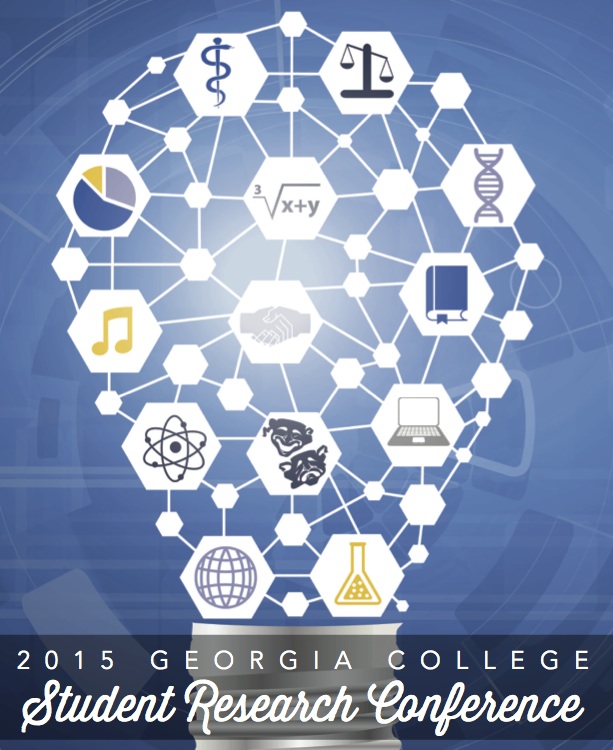Pedagogical Innovation: Using 3D printer technology in an undergraduate biochemistry course
Abstract
Additive manufacturing, commonly known as 3D printing, is an excellent method for fabricating 3D models of structures and is gaining popularity in undergraduate education. Undergraduate biochemistry students often struggle with visualizing three-dimensional nucleic acids using two-dimensional structure models. Thus, biochemistry students can potentially benefit from the innovative pedagogy of 3D printing, which provides tangible three-dimensional models. The presented research investigates the use of 3D printing in an undergraduate biochemistry course as a mechanism to enhance the understanding of nucleic acid structures that could once only be taught in a two-dimensional view. Course activities have been designed and implemented to investigate the ability of students to more easily connect basic nucleic acid structure concepts. The results showed that 3D printing was able to facilitate biochemistry learning and students enjoyed the process of interacting with 3D nucleic acid models.
Session Name:
Poster Presentation Session #2 - Poster #06
Start Date
10-4-2015 12:15 PM
End Date
10-4-2015 1:00 PM
Location
HSB 3rd Floor Student Commons
Pedagogical Innovation: Using 3D printer technology in an undergraduate biochemistry course
HSB 3rd Floor Student Commons
Additive manufacturing, commonly known as 3D printing, is an excellent method for fabricating 3D models of structures and is gaining popularity in undergraduate education. Undergraduate biochemistry students often struggle with visualizing three-dimensional nucleic acids using two-dimensional structure models. Thus, biochemistry students can potentially benefit from the innovative pedagogy of 3D printing, which provides tangible three-dimensional models. The presented research investigates the use of 3D printing in an undergraduate biochemistry course as a mechanism to enhance the understanding of nucleic acid structures that could once only be taught in a two-dimensional view. Course activities have been designed and implemented to investigate the ability of students to more easily connect basic nucleic acid structure concepts. The results showed that 3D printing was able to facilitate biochemistry learning and students enjoyed the process of interacting with 3D nucleic acid models.



